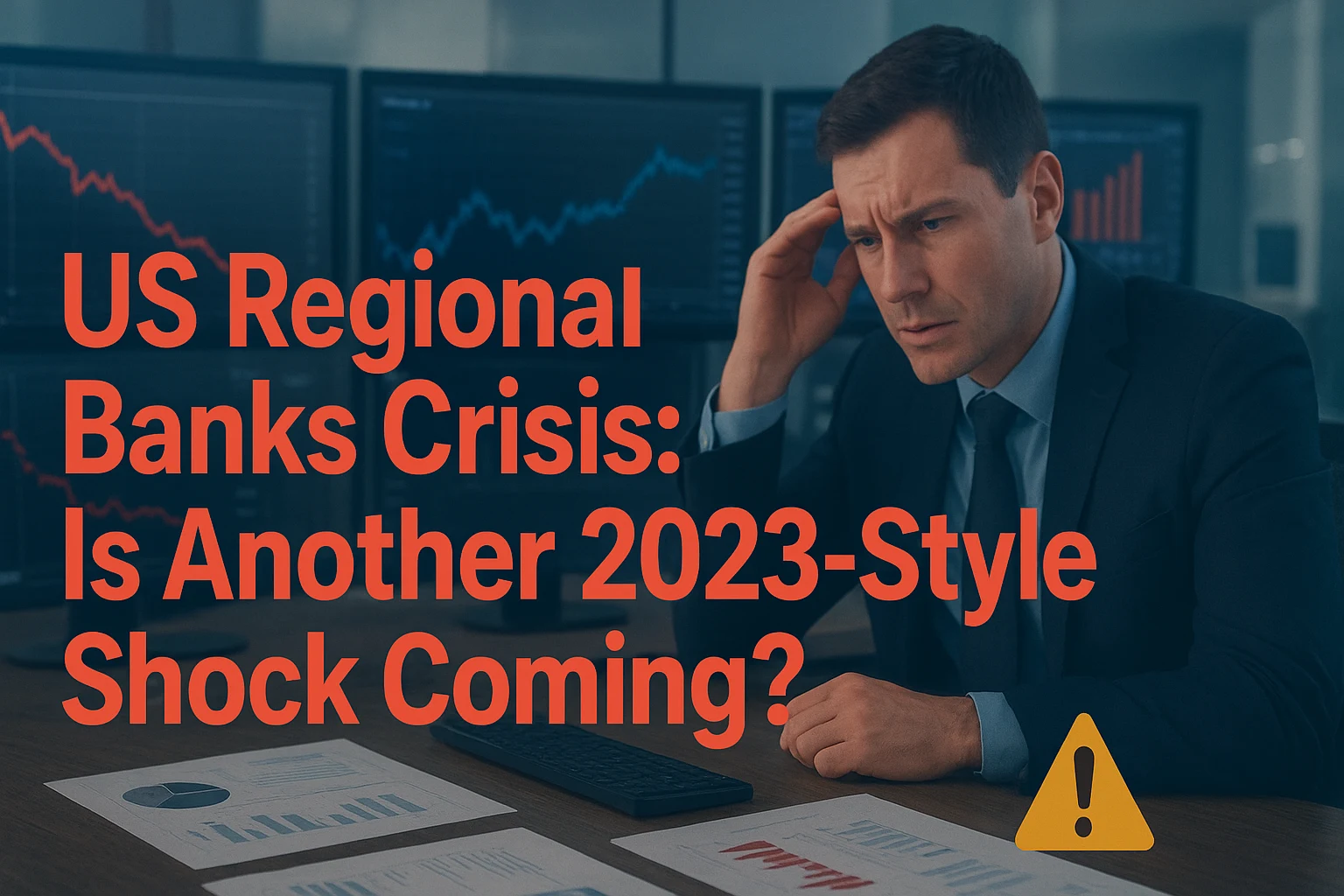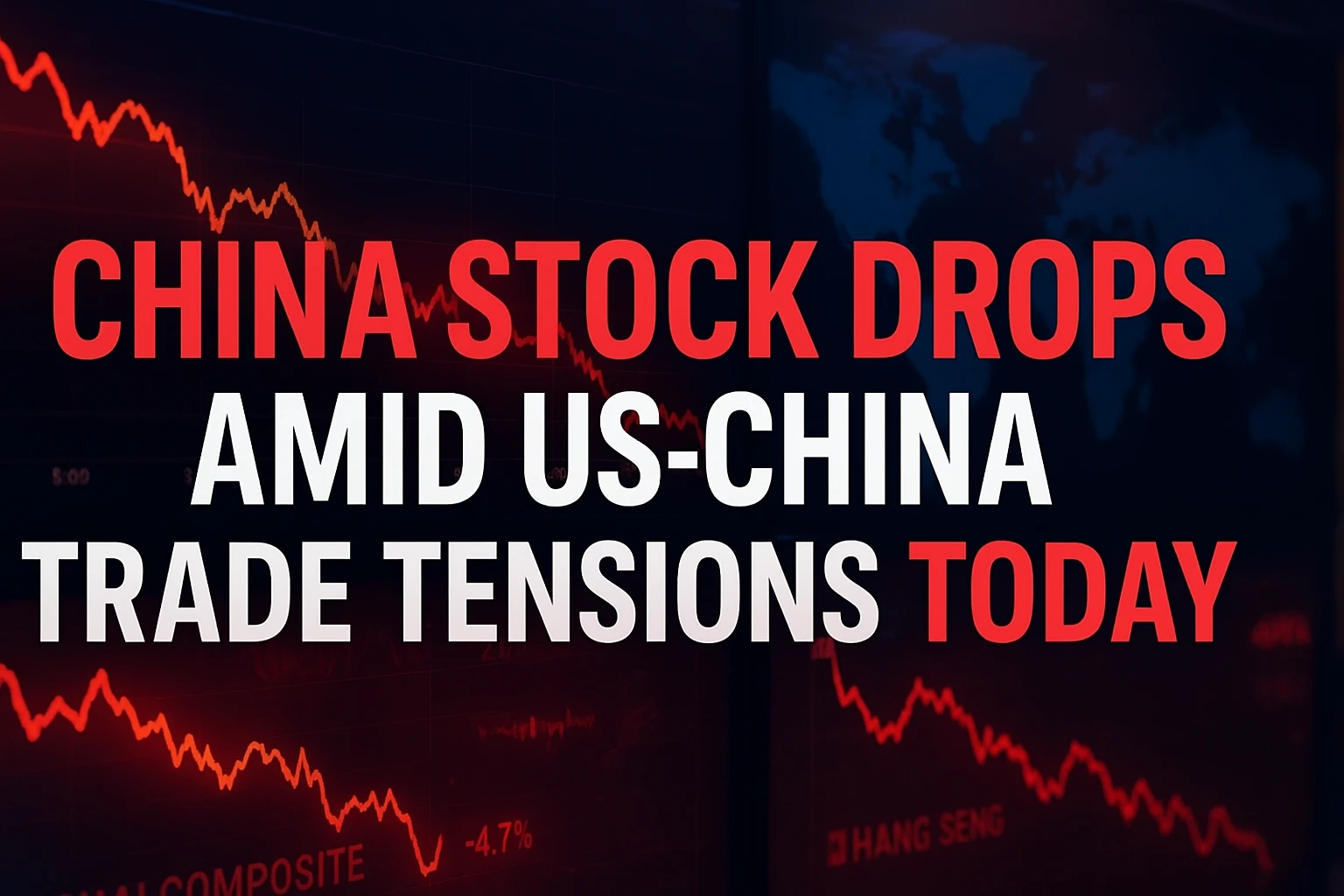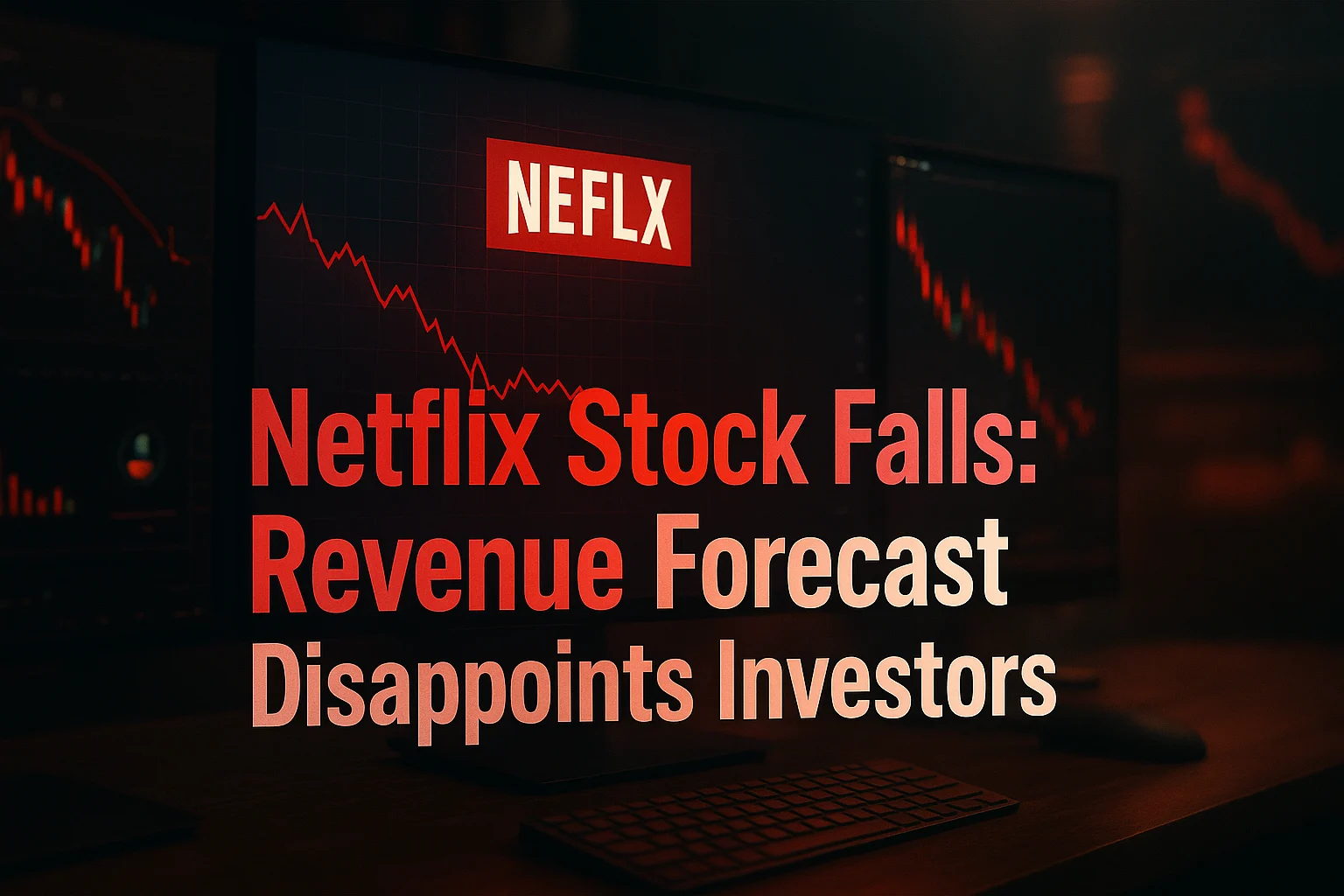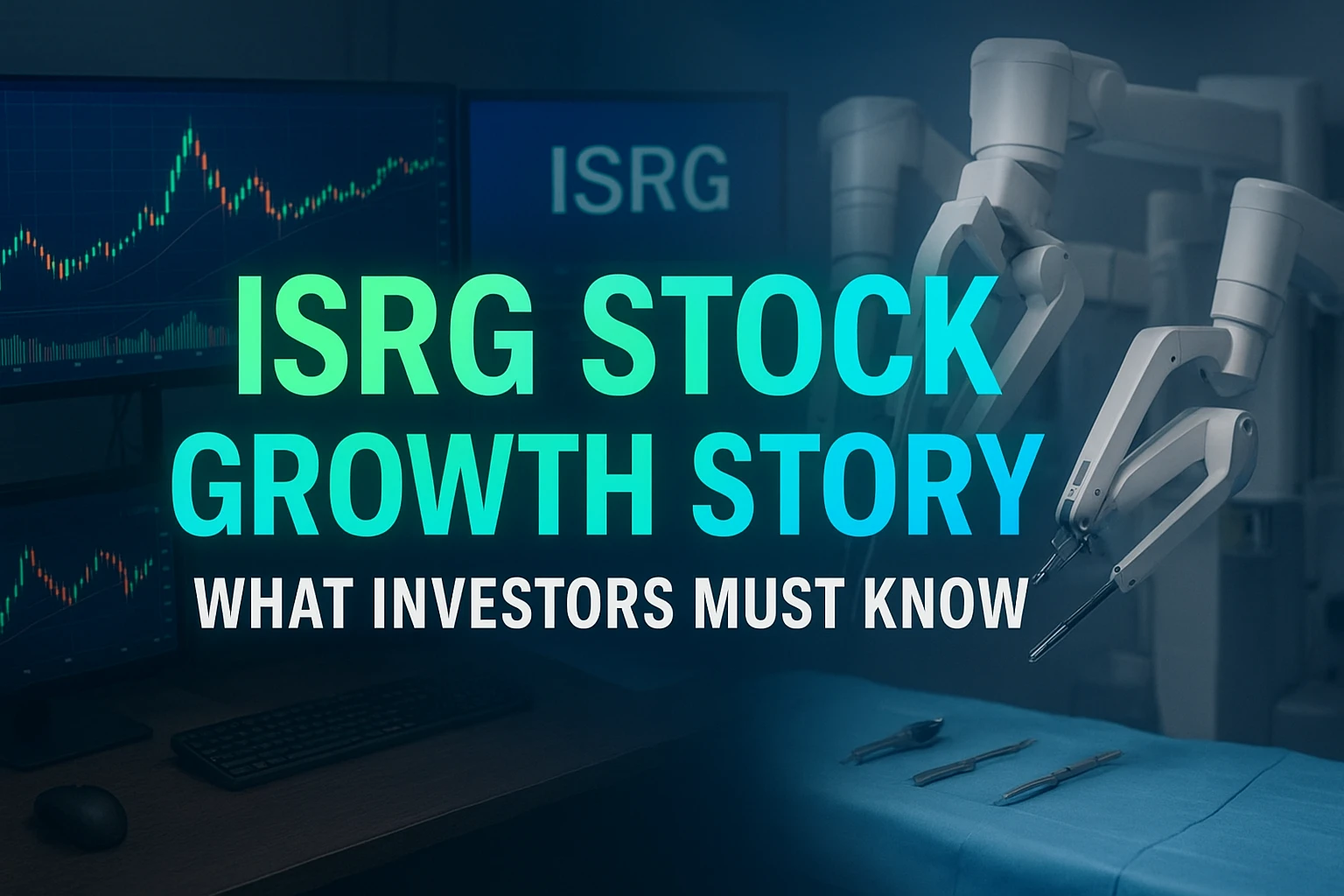Recently, the US banking sector has seen some turmoil again. Investors and the public are both somewhat concerned because in 2023, we saw how the US regional banks crisis suddenly shook financial markets. Now, the question arises whether we are on the verge of a similar credit shock or whether this is just a temporary fluctuation.
In recent years, US banks have faced rising interest rates and increasing credit risk. Many small and medium-sized banks, often referred to as US regional banks, have shown some weaknesses in their balance sheets, especially those that took more risk in corporate and retail lending. As in 2023, non-performing loans (NPLs) are still rising at some banks, which could be a cause for concern for both investors and customers.
US Regional Banks: Key Concerns
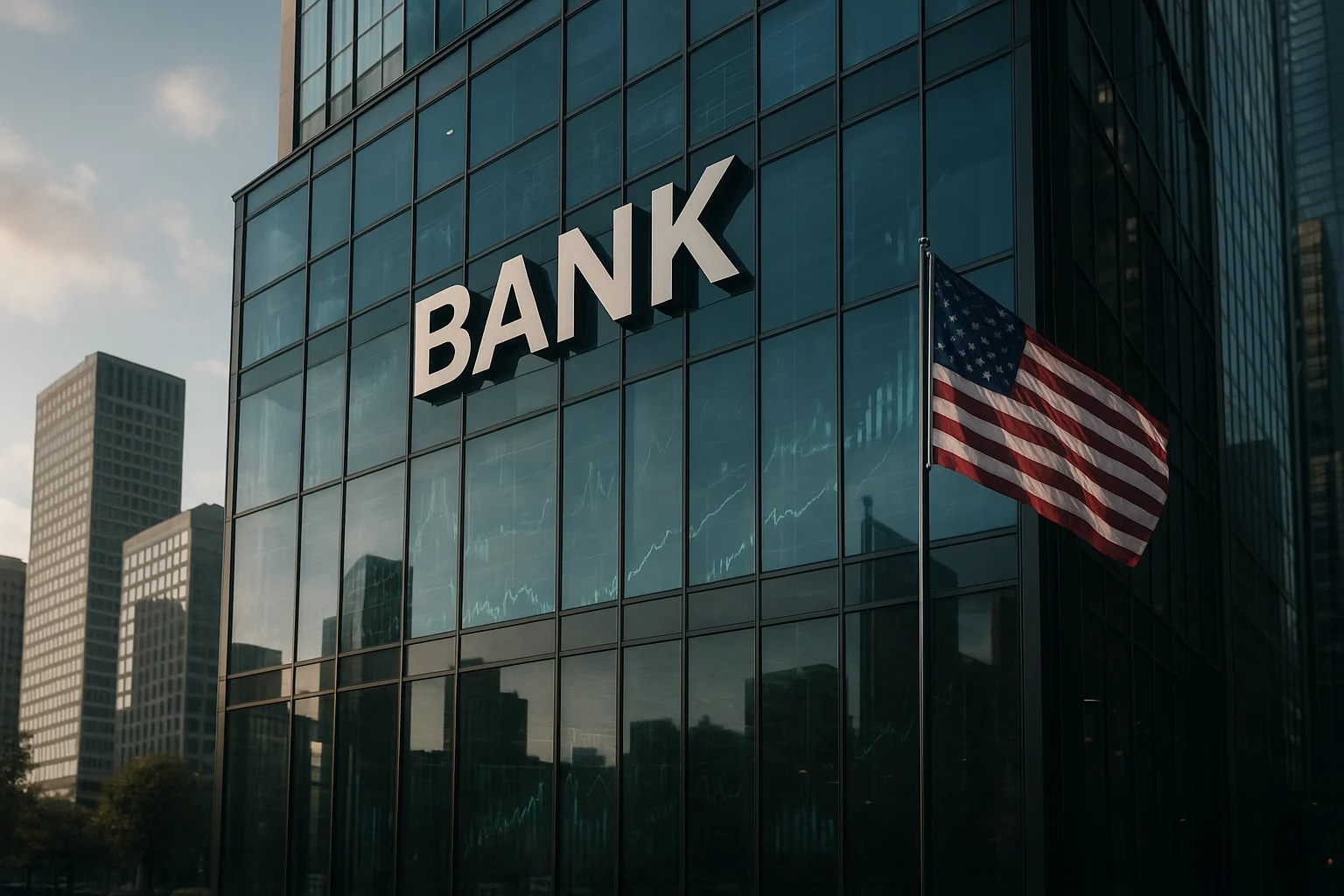
- ► Rising interest rates putting pressure on US banks.
- ► Increasing credit risk, especially for small and medium-sized banks.
- ► Weaknesses observed in regional banks’ balance sheets.
- ► High-risk corporate and retail lending remains a concern.
- ► Non-performing loans (NPLs) still rising, similar to 2023 trends.
- ► Potential risk for both investors and customers.
During the US regional banks crisis, some banks experienced a sudden liquidity shortage, requiring large-scale government intervention. Even today, some experts are suggesting that if loan quality in the banking sector continues to deteriorate, small and medium-sized banks could face similar difficulties. However, the US economy is now somewhat stronger than before, and monitoring and control measures in the banking system are more stringent than before.
From a market perspective, investors have recently seen weakness in some banking stocks. Shares of banks with high-risk corporate loan portfolios have declined, particularly those with a high corporate loan portfolio. This indicates that investors remain cautious, and memories of the US regional bank crisis remain fresh. Furthermore, changes in Federal Reserve policies and interest rates could directly impact the stability of the banking sector.
Investor Concerns in Banking Stocks
- ► Recent weakness observed in some banking stocks.
- ► Banks with high-risk corporate loan portfolios saw share declines.
- ► Investors remain cautious due to memories of the US regional bank crisis.
- ► Federal Reserve policy changes and interest rate shifts could impact sector stability.
This situation is also important for customers. If a bank faces liquidity problems, its depositors and loan customers could be affected. Therefore, experts recommend that people keep their funds in FDIC-insured accounts and spread their investments or deposits across multiple banks. This provides protection in the event of a sudden crisis.
It’s too early to say whether the full US regional banks crisis will recur. But it’s clear that risks in the banking sector haven’t completely disappeared. Credit quality deterioration, rising non-performing loans, and signs of an economic slowdown could impact the stability of smaller banks. Therefore, both investors and customers must remain vigilant.
Finally, it can be said that the US banking sector is still under control, but learning from past events like the US regional banks crisis, it’s important for everyone to exercise caution. Both investors and customers should make their financial decisions wisely. Ignoring developments in the banking sector can be detrimental.
If you are investing in the US market or have a deposit in a US bank, be vigilant about the safety of your funds. Every little news in the banking sector, such as credit risk, interest rate changes, or loan defaults, can impact your financial decisions. Therefore, it’s crucial to periodically monitor bank financials and signs of a US regional banks crisis.
Also read:
US Regional Banks Alert: Bad Loans and Fraud Claims Shake Confidence
The Ultimate Guide to Emergency Funds: How Much Should You Really Save?
When Trade Wars Spill Over: Impact of US-China Conflict on Global Supply Chains


